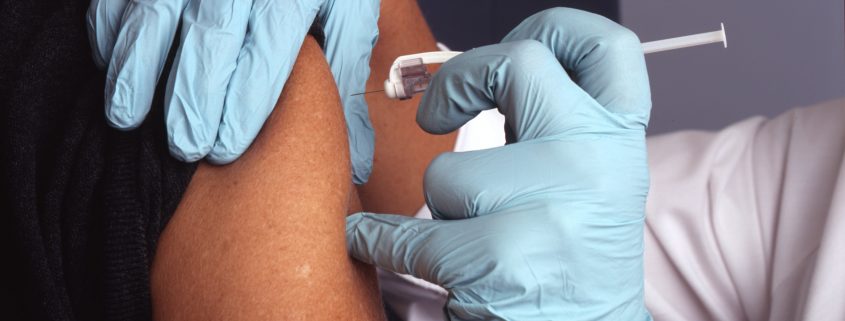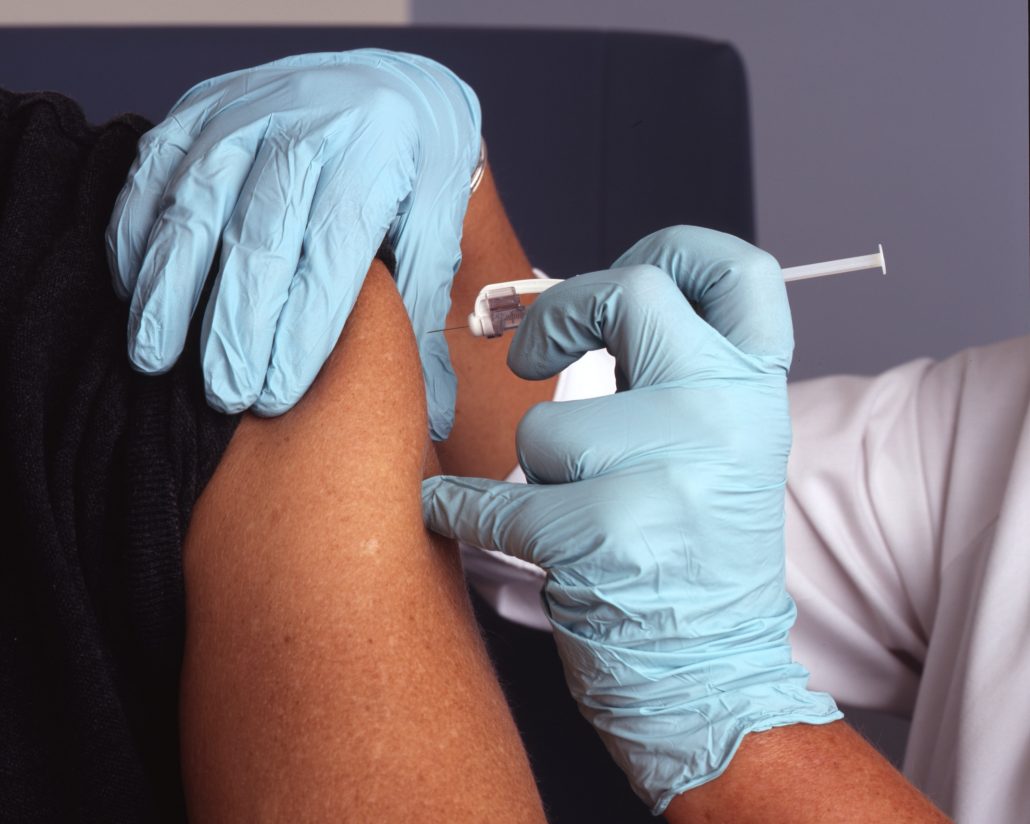COVID-19 Vaccine Developments
by Zaid Aleem
After months of anticipation, multiple companies are now on the verge of completing their COVID-19 vaccine development.
Pfizer and BioNTech announced on November 18 after conducting their final analysis in their ongoing Phase 3 study that their vaccine candidate met all of the study’s primary efficacy endpoints. According to BBC, the Pfizer/BioNTech vaccine showed it stops more than 90 percent of people developing Covid symptoms. Their press release shows some more data after their initial announcement last week and reports a 95 percent efficacy for their vaccine candidate, drawing on the final analysis of a 43,000-person study. No serious side effects surfaced, the companies report, although 3.7 percent of the vaccinated reported fatigue after the injections.
Pfizer is the first coronavirus vaccine to seek regulatory clearance in the United States, according to CNN. “It is with great pride and joy and even a little relief that I can say that our request for emergency use authorization for our Covid-19 vaccine is now in the FDA’s hands,” Pfizer CEO Albert Bourla said in a video shared on Friday. “This is a historic day, a historic day for science and for all of us. It took just 248 days to get from the day we announced our plans to collaborate with BioNTech to our FDA submission day.
The results are nearly identical to Moderna’s findings that were released on Nov. 16. Moderna’s Phase 3 trial involved 30,000 participants in the U.S according to their press release. Phase 3 study met statistical criteria with a vaccine efficacy of 94.5 percent. Preliminary analysis suggests a broadly consistent safety and efficacy profile across all evaluated subgroups.
According to BBC, Oxford University/Astrazeneca are also pretty close to completing their study. Trials of the Oxford vaccine have shown a strong immune response in older people. Other trials are also expected to complete in the upcoming weeks. Data on the Russian Sputnik V vaccine, which works like the Oxford one, suggests it is 92 percent efficient.
















2020
773 views
views
0
comments